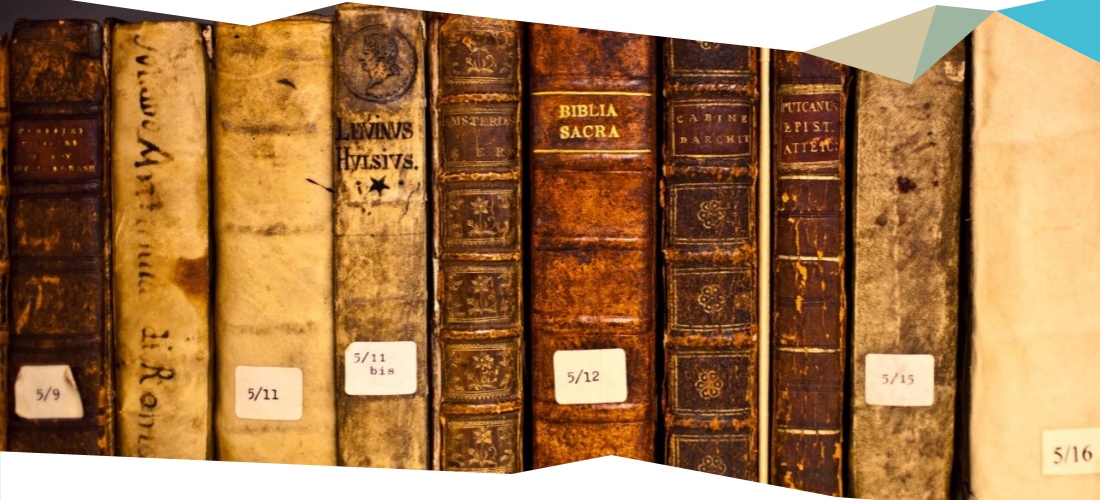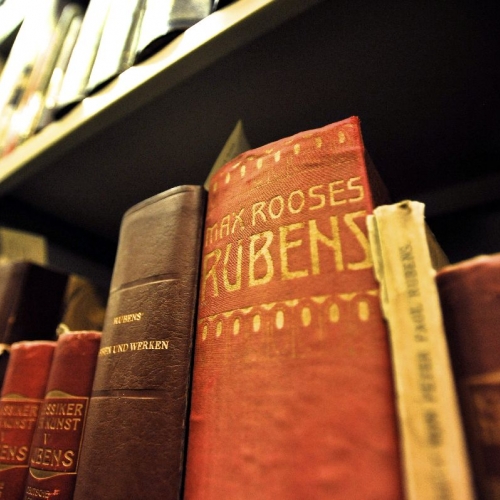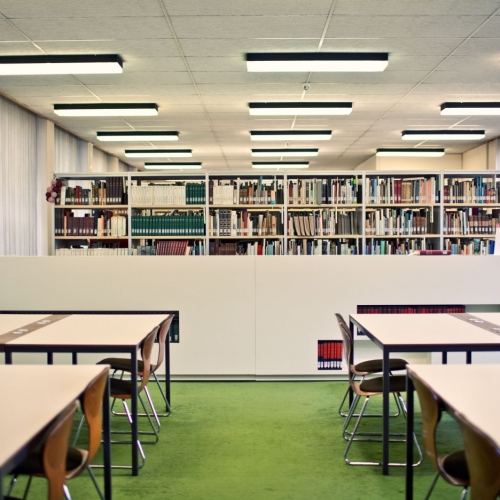The value of these books as sources of information for research on the part of the 16th and 17th centuries is hard to overstate. They testify directly to the intellectual life of those times. The early artists’ biographies, art-theoretical treatises and the first collection catalogues reveal the way in which Flemish art and artists were appraised by their contemporaries. The works on mythology, philosophy and theology from these centuries provide keys to the study of artworks by Rubens and the Flemish masters.
Composition
The collection of early printed works was created with the donation of the Ludwig Burchard Collection, after which it was augmented over the years with purchases and further donations.
- The oldest item in the collection was acquired by Dr Burchard and is an early version of the Legenda Aurea by Jacobus de Voragine (1512).
- In the 1980s, the Rubenianum succeeded in purchasing the pamphlet that reported on the fire that had broken out in the Carolus Borromeuskerk in 1718.
- More recently, the Rubenianum added an 18th-century treatise on ancient footwear to the collection, a work that testifies to the enduring interest in Albert Rubens’s treatise De calceo senatorio, which it took up and extended.
Consulting this source
Special precautionary measures apply when consulting early printed works. Here is a guide on the right way to proceed. Specially modified cushions, lead strips and non-acidic bookmarks are available at the reading room desk.
Reproductions
No copies or scans are made of early printed works, to avoid damaging them. However, it is permissible for you to photograph them with your own camera, provided you do not use a flash. Before taking a photograph, ask the reading room staff for permission to do so.



